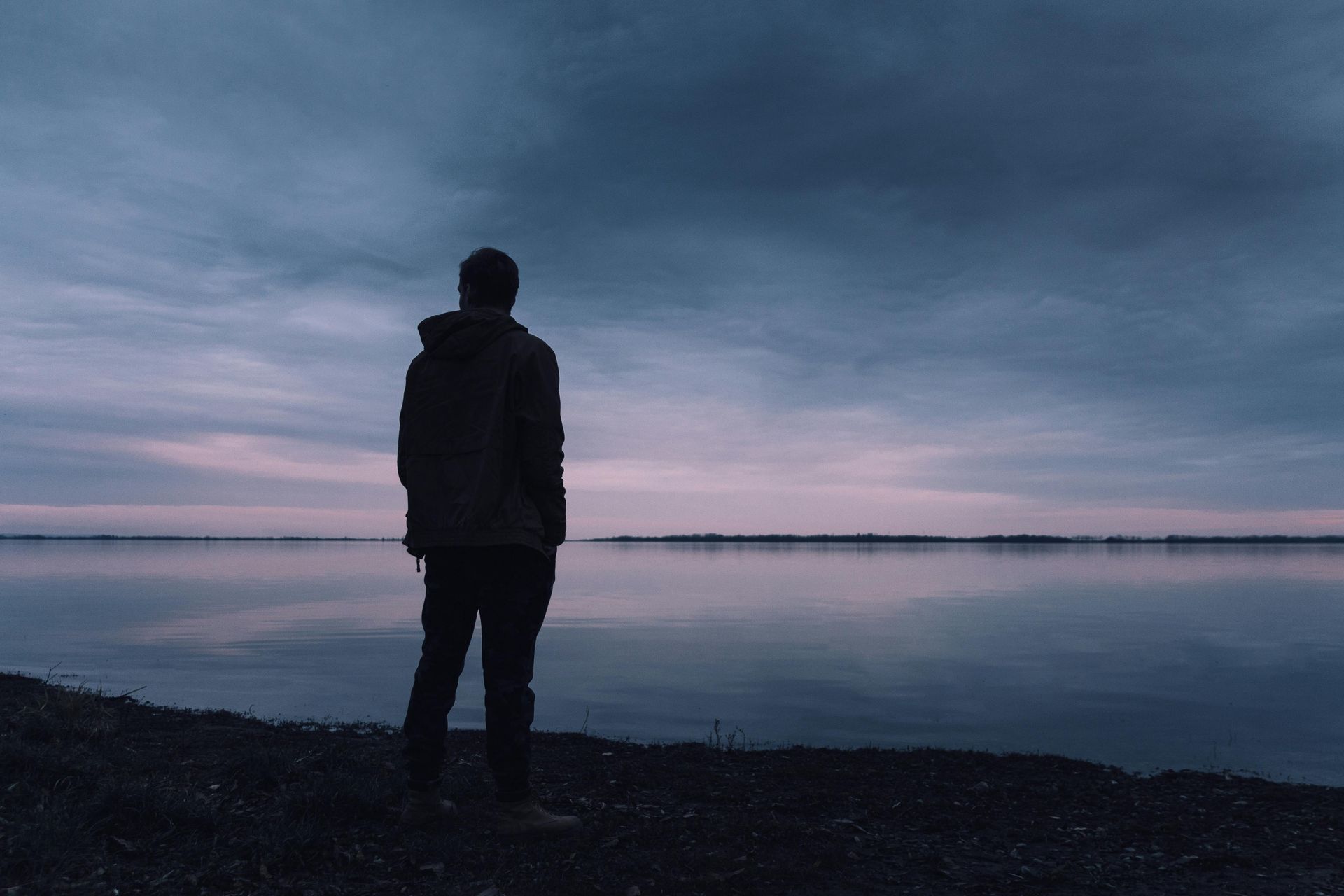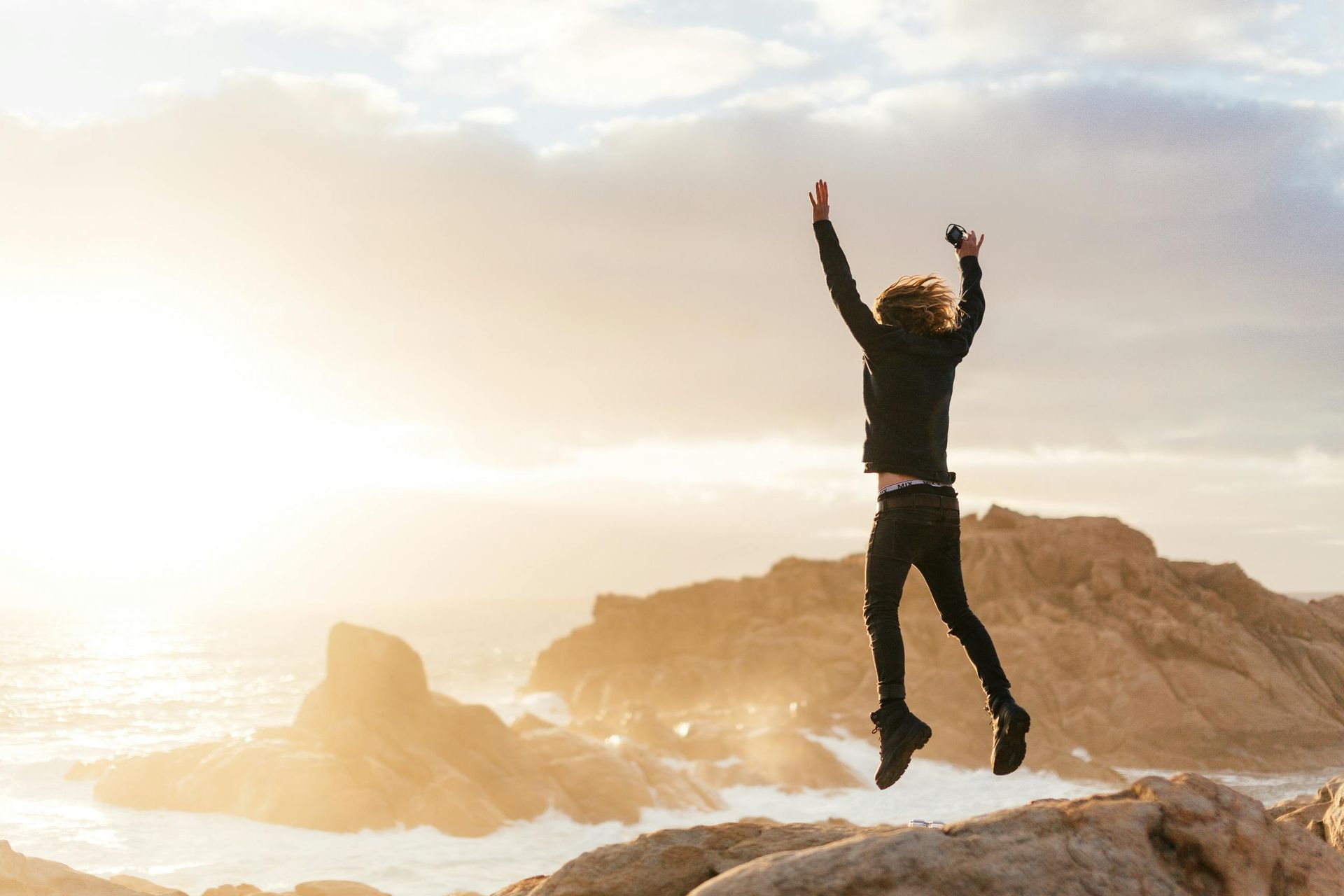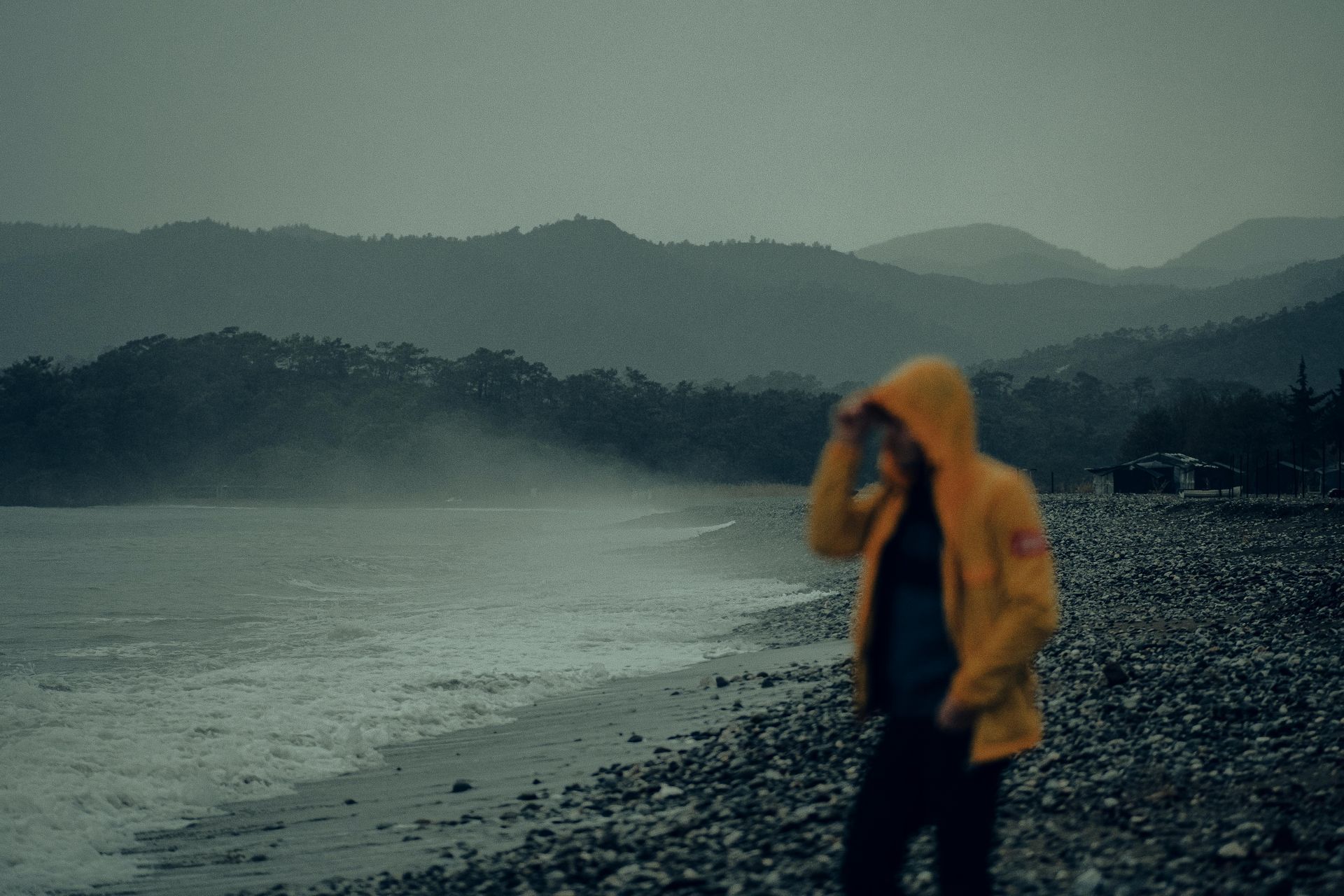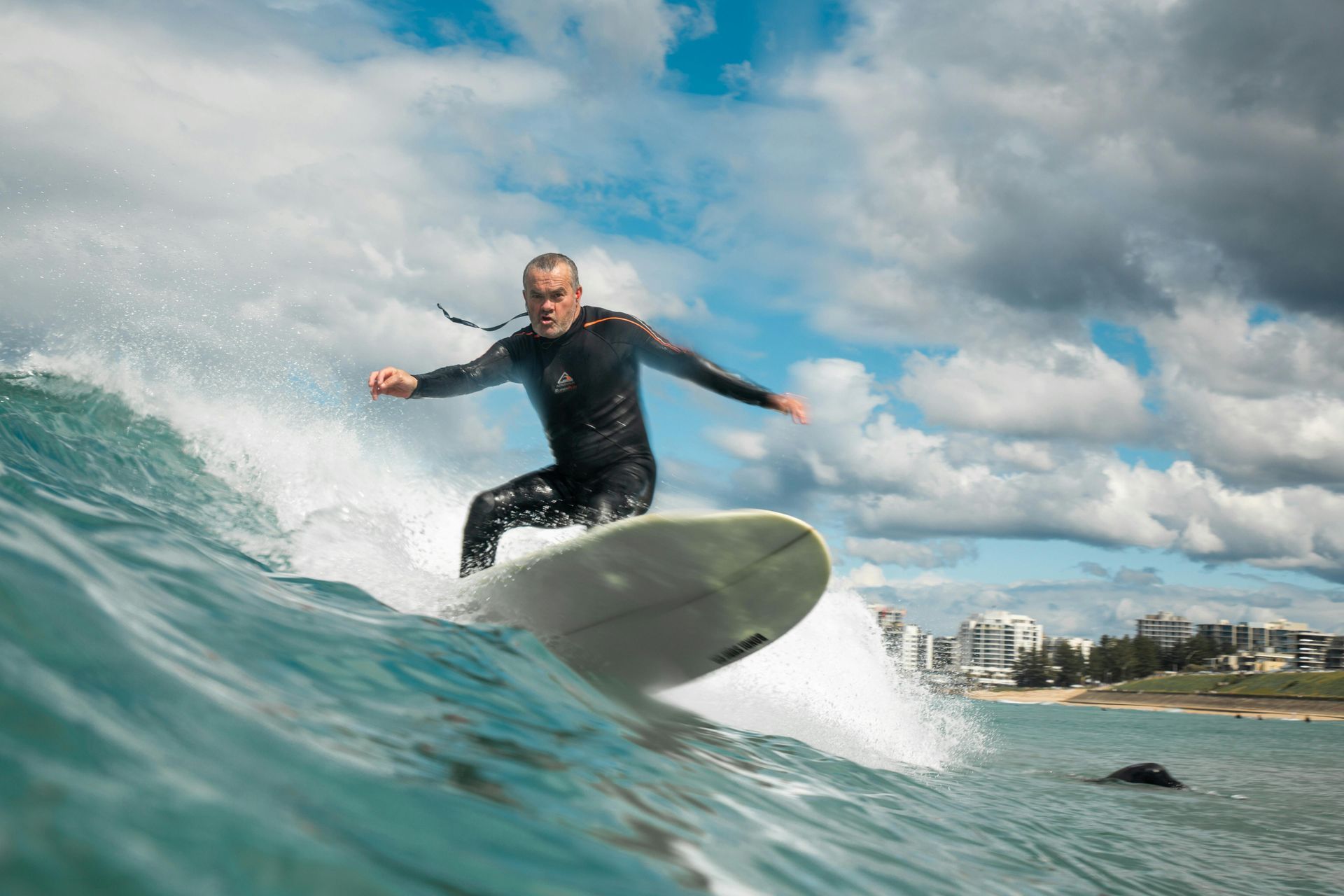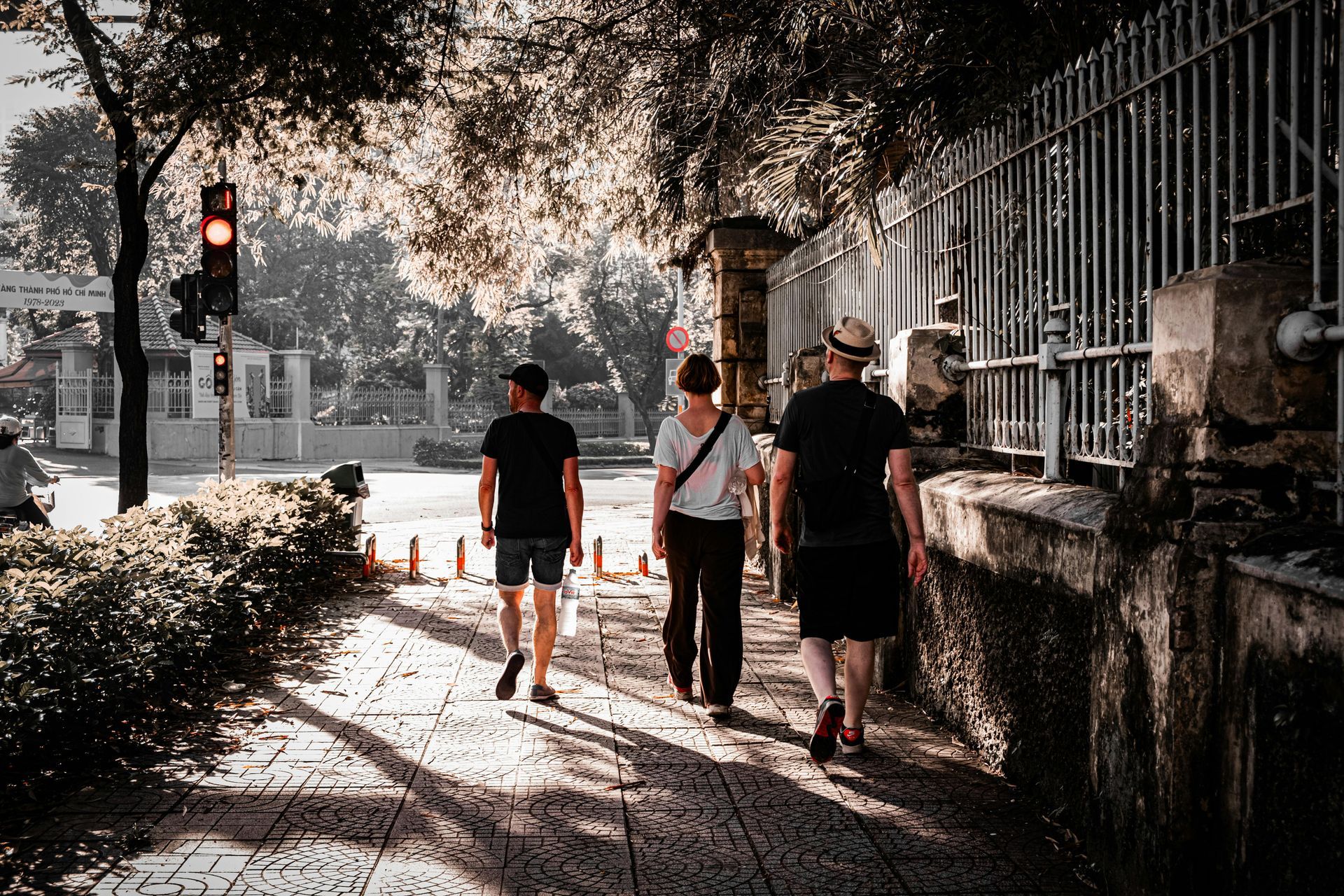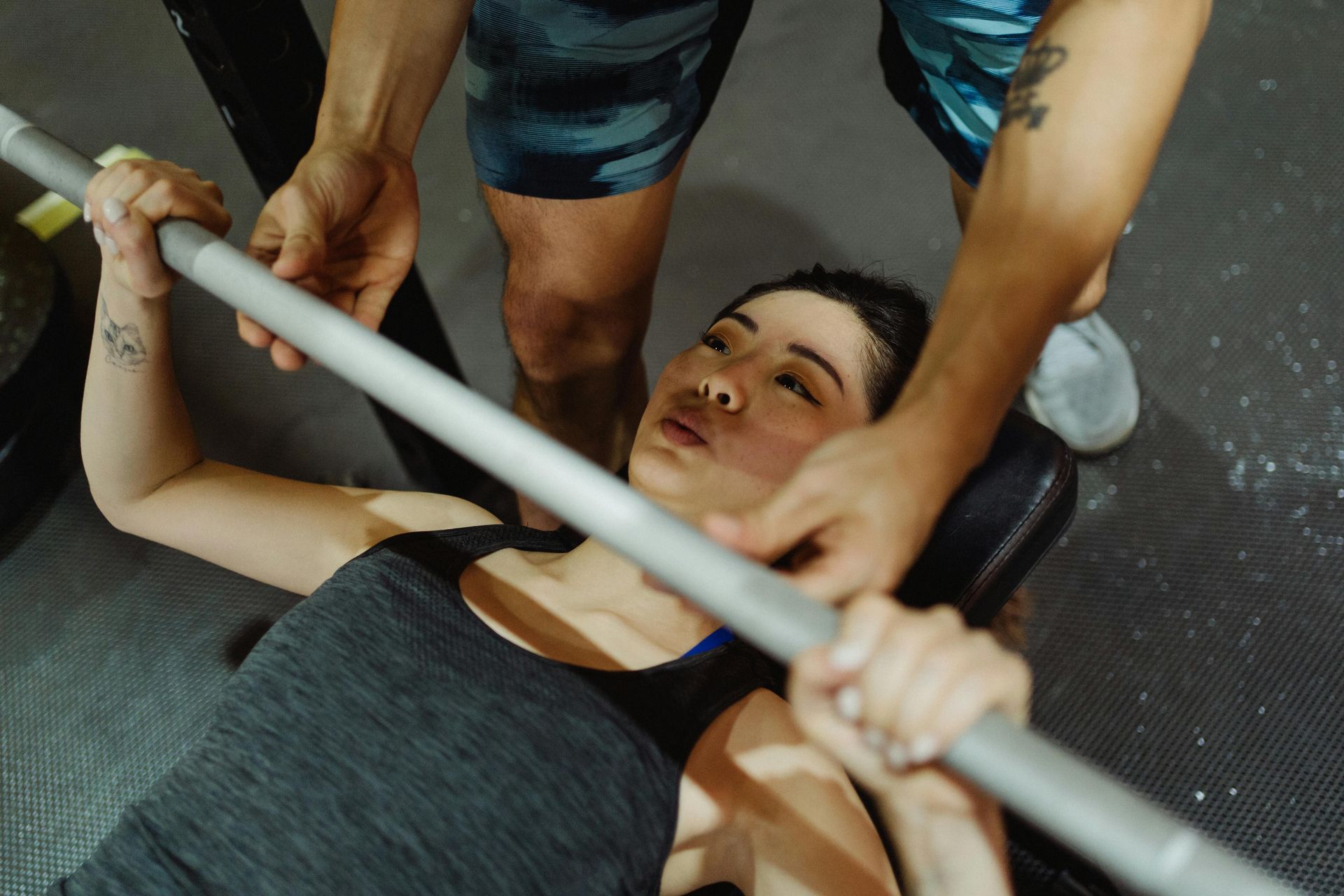Balance & Stability: The Overlooked Key to Staying Injury-Free
When was the last time you thought about your balance?
For most of us, it’s only when we wobble, stumble, or take a little tumble that we suddenly realise how important it is. Balance (pūroto) and stability (ūmanga) are the unsung heroes of lifelong movement—quietly working in the background to keep you upright, steady, and safe.
At AMOKURA Coaching, we believe true hauora (wellbeing) isn’t just about muscles or cardio fitness—it’s about having the confidence to move freely, without fear of falling or injury. Whether you’re an athlete, a kaumātua (elder), or just want to feel more steady on your feet, this blog is for you. Let’s explore why balance and stability matter, common mistakes people make, and simple ways to build these superpowers into your daily life.
The Real Problem: Why Balance and Stability Matter More Than You Think
Imagine this: you’re reaching for something on a high shelf, hurrying down stairs, or standing on one foot to put on a sock. Suddenly, you feel yourself sway or wobble. It’s a bit scary, right? Most people only start to value balance when it slips away, but by then, the risks—falls, injuries, loss of independence—are much higher.
Here’s the thing:
- As we age, natural changes in our tinana (body)—like muscle loss, weaker eyesight, or slower reflexes—can chip away at balance and stability.
- Modern life doesn’t help. Lots of noho (sitting), not enough challenging movement, and too much “playing it safe” mean our balance systems get lazy.
- Even active people can be surprised by a sudden stumble if they haven’t trained their ūmanga (stability) regularly.
Loss of balance isn’t just a nuisance—it’s a major cause of injuries, especially as we get older. Falls can shake our confidence and limit what we feel comfortable doing. But it doesn’t have to be that way!
Common Mistakes: Why We Ignore Balance (Until It’s Too Late)
Here’s where a lot of us get tripped up—literally:
1. Focusing Only on Strength or Cardio
Many training plans focus on lifting heavier, running further, or smashing out HIIT classes. While those are great, they often ignore the foundation—pūroto (balance) and ūmanga (stability). Without these, even strong bodies can be injury-prone.
2. Assuming Balance is Just for “Old People”
Younger or athletic people often think, “That’s not for me!” In reality, anyone can lose their balance—especially when tired, distracted, or moving in new ways.
3. Ignoring the Small Stuff
Most people wait until they’ve had a fall or close call to pay attention. But tiny tweaks—like ankle rolls, single-leg stands, or moving on uneven surfaces—are what keep your tinana (body) nimble.
4. Forgetting About the Mind
Balance isn’t just physical—it’s mental too. Anxiety, distraction, or lack of focus can all throw off your equilibrium.
The AMOKURA Approach: Building Balance and Stability Into Everyday Life
You don’t need fancy equipment or loads of time. Building balance and stability into your routine is about being mindful, consistent (pūmau), and challenging yourself gently.
1. Small Movements, Big Gains
Start with the basics:
- Stand on one leg while brushing your teeth
- Walk heel-to-toe along a hallway
- Try closing your eyes while standing still for a few seconds (safely!)
- Do slow, controlled hikoi (walks) on uneven ground—like grass or sand
2. Strengthen the Core (Kākano o te tinana)
Your core is more than just abs—it’s the foundation of all movement.
Simple moves like planks, bird-dogs, or slow mountain climbers help your body stabilise from the centre out.
3. Move in All Directions
Life isn’t just forwards and backwards! Practice lunges or step-outs to the side, gentle twisting movements, and reaching in different directions. This “multidirectional” movement keeps your nervous system sharp.
4. Use Props and Play
Balance can be fun! Try standing on a pillow, wobble board, or even just on the grass with bare feet. Games with the tamariki (children) or mokopuna (grandchildren) are a great excuse to play, laugh, and challenge your ūmanga (stability).
5. Mind Your Mind
Practice being present. Focus on your breath (hā), your surroundings, and how your body feels as you move. This mindfulness is a big part of staying steady.
The Future: Life With Confidence, Freedom, and Joy
Imagine moving through life with ease—climbing stairs, hiking hills, or playing with the whānau (family) without worry. You trust your tinana (body) to catch you, your hinengaro (mind) to steady you, and your wairua (spirit) to give you confidence.
- No more fear of falling
- Greater independence and freedom
- The ability to say “yes” to adventures and new experiences
Even if you’ve struggled with balance before, it’s never too late. Every bit of pūmau (consistency) builds a more resilient, joyful life.
At AMOKURA Coaching, we know that true hauora (wellbeing) is about more than muscle. It’s about feeling stable, balanced, and ready for anything life throws your way.
Want to future-proof your tinana (body) and stay injury-free? Kōrero mai (chat to us) for a personalised balance routine, or download our free guide to daily balance and stability moves. Your journey to a stronger, steadier life starts with a single step.

